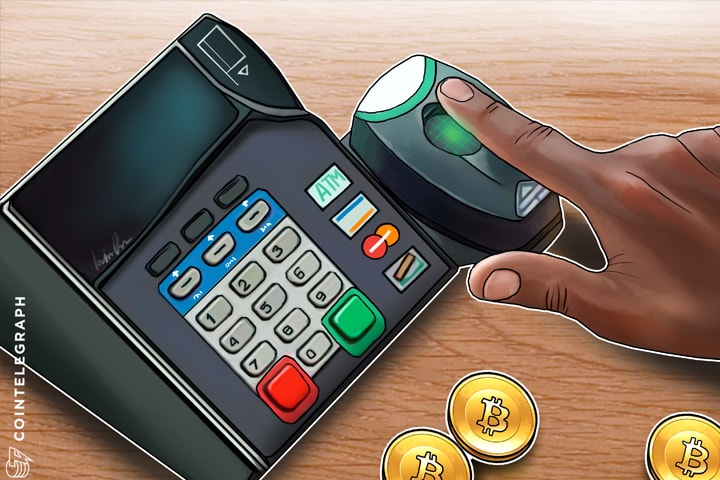In a matter of one month, India may enter some sort of economic time warp. On Nov. 8, 2016, the Indian government and banking system implemented its demonetization policy that removed its most popular currencies out of circulation, almost immediately. Now, the Indian government has announced plans to implement a fully-digital, biometric payment system less than 30 days later, and over 10 mln daily transactions in India have already been performed.
Introducing the UIDAI
The Unique Identification Authority of India has developed a mobile app called Aadhaar which can already handle 10 crore, or 100 mln, biometric authentications daily. This will be ramped up to 40 crores, or 400 mln, per day.
People can link their Aadhaar 12-digit number with their bank accounts and use Aadhaar Enabled Payment System (AEPS) for the transfer of funds, balance inquiries, cash deposits or withdrawals and inter-banking transactions. Think of a PayPal mobile app, only a much more high-tech version with a citizen number and fingerprint or iris retinal scans for verification.
UIDAI Chief Executive Officer Ajay Bhushan Pandey said:
“We will create awareness about this mode of transaction. We will eventually create capacity for 40 crore authentications. Yesterday, 1.31 crore Aadhaar-enabled biometric authentications were reported. We will increase it gradually.”
This is tantamount to the technological leapfrog that took place in Kenya earlier this decade. Being a mostly cash and barter-based economy, with a fairly low percentage of debit/credit card transactions, like India, the digital phone-based payments system M-Pesa took the nation by storm. M-Pesa went from a concept to the nation’s leading payments method, measured by GDP, within three years.
India is a massive society dealing with over 1.2 bln people that use cash for transactions over 90 percent of the time. This would effectively have India skip over the PINs, passwords and debit cards the Western civilizations have used for more than a generation into a fully-digital system based on your identity and biometrics.
“We are asking mobile manufacturers to see if all mobiles made in India should be inbuilt with iris or thumb identification system to help Aadhaar-enabled transactions,” said NITI Aayog CEO Amitabh Kant.
India’s Prime Minister Narendra Modi announced last month that he would enact a war on “black money” or undeclared income through black markets. This was done primarily by demonetizing the 500 Rs and 100 Rs notes last month, the most popular notes in India, accounting for over 80 percent of the currency circulation. New replacement notes have been promised but are not in supply to handle the massive population, meaning that ATMs run dry in hours.
Modi has stated that people should get comfortable using “digital payments,” with the demand and price of Bitcoin within the region reaching all-time highs ever since, passing $1000 at times. The goal is to move towards a more “cashless society.”


